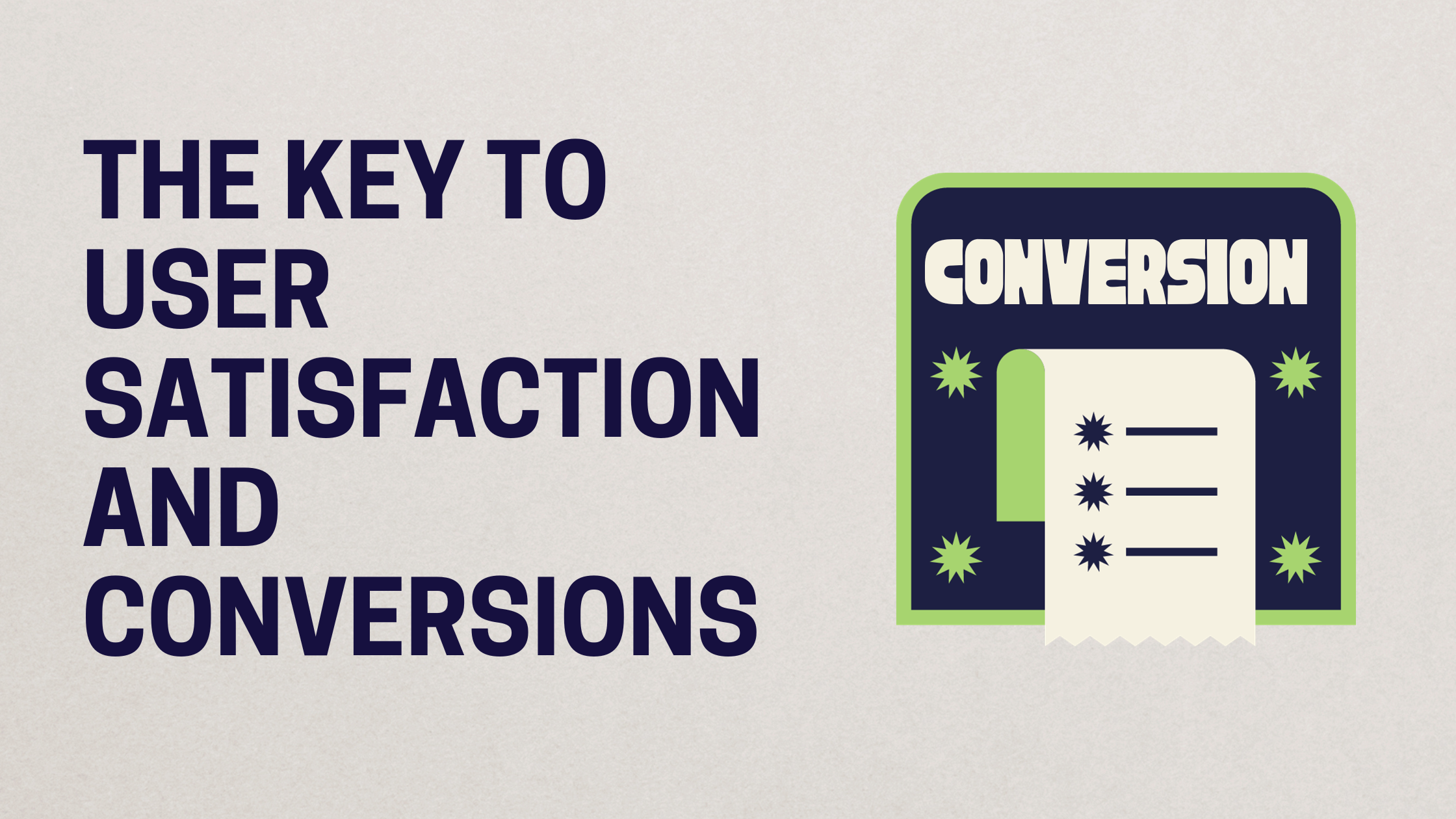Introduction
In today’s digital landscape, a well-optimized website is paramount for delivering a seamless user experience and driving conversions. By focusing on website optimization, you can enhance user satisfaction, improve search engine rankings, and ultimately boost your business’s success. In this blog post, we will delve into the importance of website optimization, discuss effective techniques, and highlight the significance of data analysis for continuous improvement.
The Importance of Website Optimization for Improved User Experience:
Creating a positive user experience is at the core of website optimization. Visitors expect quick loading times, easy navigation, and a design that adapts seamlessly to their devices. Failure to meet these expectations can lead to frustration, increased bounce rates, and missed opportunities. By optimizing your website, you not only enhance user satisfaction but also encourage longer visit durations, increased engagement, and higher conversion rates. Additionally, search engines like Google consider user experience as a ranking factor, making website optimization crucial for improving your search engine rankings and organic visibility.
Techniques for Effective Website Optimization:
To optimize your website effectively, consider implementing the following techniques:
a. Optimizing page load speed:
Compressing images, minifying code, leveraging browser caching, and utilizing Content Delivery Networks (CDNs) can significantly improve your website’s loading times, resulting in a faster and more enjoyable user experience.
b. Improving mobile responsiveness:
With the rise in mobile device usage, having a mobile-responsive website is essential. Ensure that your website design adapts seamlessly to different screen sizes, providing an optimal user experience across devices.
c. Enhancing navigation:
Streamlining website navigation is crucial for helping users find the information they need quickly. Utilize clear and intuitive menus, categorize content effectively, and include a search function for easy access.
The Power of Data Analysis for Continuous Improvement:
Analyzing website traffic data is a vital step in optimizing your website. Tools like Google Analytics provide valuable insights into user behavior, allowing you to make informed decisions and refine your strategies. Key metrics to monitor include total website traffic, traffic sources, bounce rate, conversion rate, and user engagement. By tracking and analyzing these metrics, you can identify patterns, understand user preferences, and pinpoint areas for improvement. Additionally, conducting A/B tests and gathering user feedback can provide further insights into user preferences and pain points. Continuously analyzing data and adapting based on insights allows for ongoing optimization, ensuring your website remains effective and engaging.
Conclusion
Website optimization is a fundamental aspect of creating a positive user experience and driving conversions. By implementing techniques such as optimizing page load speed, improving mobile responsiveness, and enhancing navigation, you can maximize user satisfaction and improve search engine rankings. Moreover, continuous data analysis and adaptation are key for maintaining a high-performing website that meets user expectations and propels business success.




